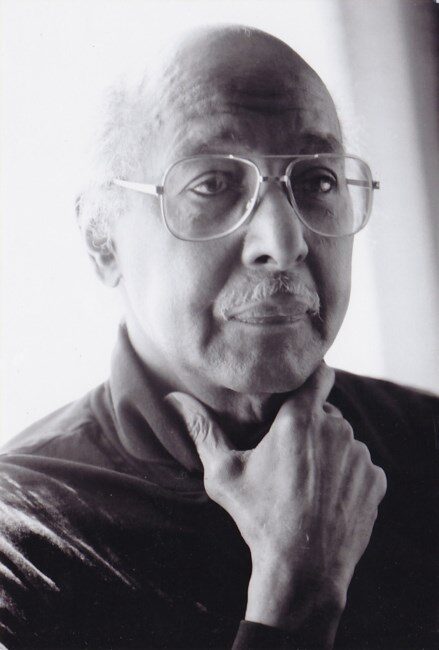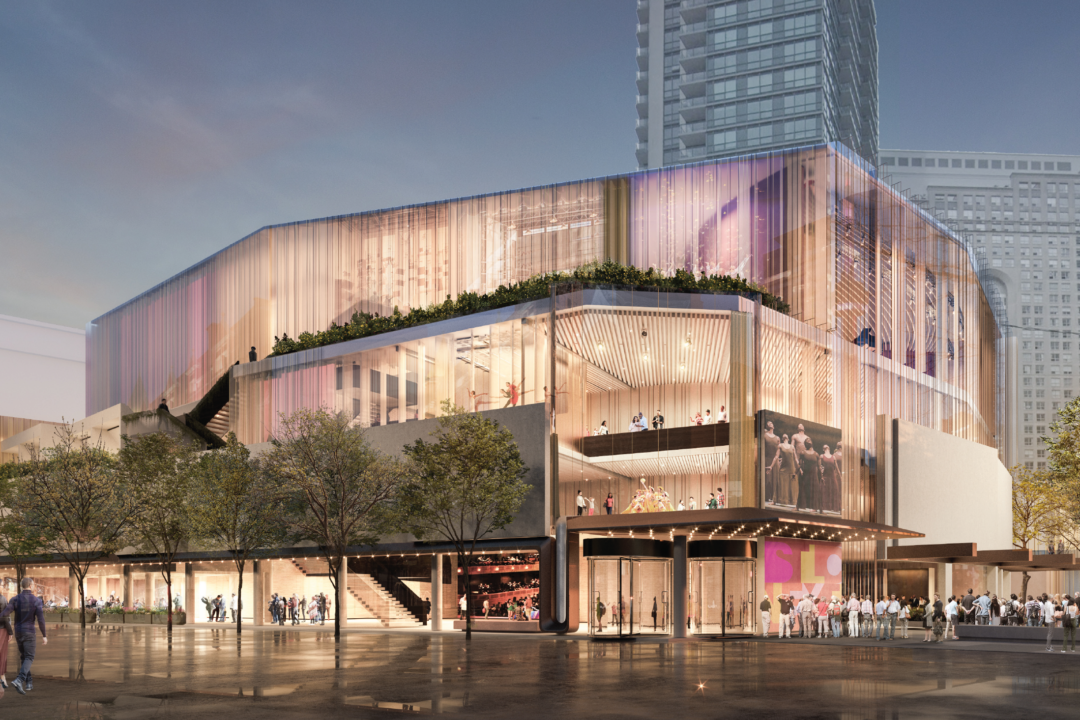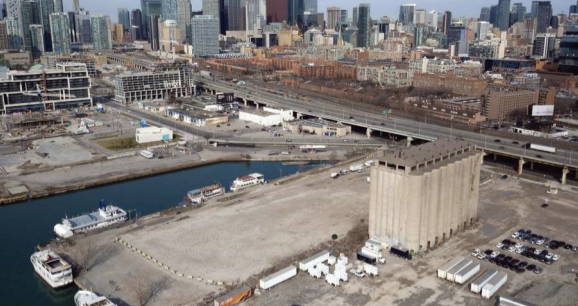By Bruce Bell –
In November 1945, a few months after the Second World War ended, nine-year-old Harry Gairey Jr. went to the Icelandia roller-rink near Spadina Avenue and College Street. But he was refused admission, told that the rink was for whites only.
Harry spoke to his father, a railroad porter and prominent member of Toronto’s Black community, who went to his alderman, the Communist Joe Salsberg. Salsberg made an appointment for Harry Sr. to speak at the next City Council meeting.
The following week Harry Sr. stood in the council chambers of what is now Old City Hall and spoke these words to the all-white council:
“If the powers that be refused my son admission to the Icelandia, I would accept it, if when the next war comes, you’re going to say, ‘Harry Gairey Jr, you’re Black, you stay here, don’t go to war.’ But, gentlemen of the council, it’s not going to be that way. You’re going to say he’s a Canadian and you’ll conscript him. And if so, I would like my son to have everything that a Canadian citizen is entitled to, providing he’s worthy of it.”
The next day, students from the University of Toronto started to picket the Icelandia rink. A few months later, the City of Toronto had an ordinance that no theatre, rink or place of entertainment could discriminate because of race, creed, colour or religion.
There has always been prejudice in our city against Blacks, Jews, gays, Greeks, Italians, women, Catholics (need I go on?), but at the same time there have always been forward-thinking people who fought against discrimination.
As early as 1842 Blacks living in Toronto effectively appealed to City Council to prohibit traveling American shows that ridiculed Black people and to require them to delete offensive songs from their repertoire.
In 1894 Toronto elected William Hubbard as an alderman – and the first Black citizen in Ontario to be elected to any public office.
But even with these reforms, racism was rampant. When Black performers came north to appear in shows here, they were barred from staying at downtown hotels. Often they had to stay in Black-run hotels miles away in the suburbs, or be billeted with friends or relatives.
In 1943 a group of Black American actors were set to appear at the Royal Alexandra Theatre in a production of Porgy and Bess starring the great Todd Duncan as Porgy. But after a long train ride from New York, the Royal York Hotel turned them away on a cold and rainy night.
Ernest Rawley, legendary manager of the Royal Alex during the 1930s, ’40s and ’50s, was fed up with this injustice. He marched down to the hotel and demanded that his actors be given rooms.
Royal York management claimed it wasn’t their official policy to ban Blacks; it was just that they didn’t want to offend white American guests with the sight of Black people in the lobby. Shocked and repulsed, Rawley said that no other theatre company would stay at the hotel if this ridiculous policy didn’t change immediately.
The Royal York did start to accommodate Black people after that incident, but not until 1954 did Ontario’s Fair Accommodations Practices Act make it the law of the land.
In September 1944, a year after the Royal York incident, the enormously popular African American actor Paul Robeson arrived in Toronto with his renowned production of Othello at the Royal Alexandra Theatre. Born the son of an escaped slave in Princeton, New Jersey, in 1898, Robeson also became a great athlete, singer, and one of the first leaders of the American Civil Rights movement.
Robeson supported rights for all workers rights around the world, so much so that he eventually became blacklisted and branded a Communist. Robeson often said “The artist must take sides. He must elect to fight for freedom or slavery. I have made my choice. I had no alternative.”
After his much-adored appearance at the Royal Alex, Robeson wanted to return but the American Government revoked his passport due to his political leanings to prevent travel outside the United States. So in 1952 Robeson used a flat-bed truck as a stage on the American side of the Peace Arch south of Vancouver and with amplification sang to 40,000 Canadians on the other side.
When his ban was lifted in 1956, Robeson came to my hometown of Sudbury in February to perform at the hall of the International Union of Mine, Mill and Smelter Workers. (My late father Tom Bell, a nickel miner, belonged to Mine Mill Local 598, which later joined the Canadian Auto Workers union).
After a long and distinguished career, Paul Robeson died in January 1976 in Philadelphia, at the age of 77.
Both Harry Gaireys went on to become civic leaders in Toronto.
Harry Sr. was a union and civil rights activist; he received the Order of Canada in 1986 and died in 1993. The skating rink in Alexandra Park at Bathurst and Dundas is named for Harry Jr., a well-known basketball referee who died in 2015.




